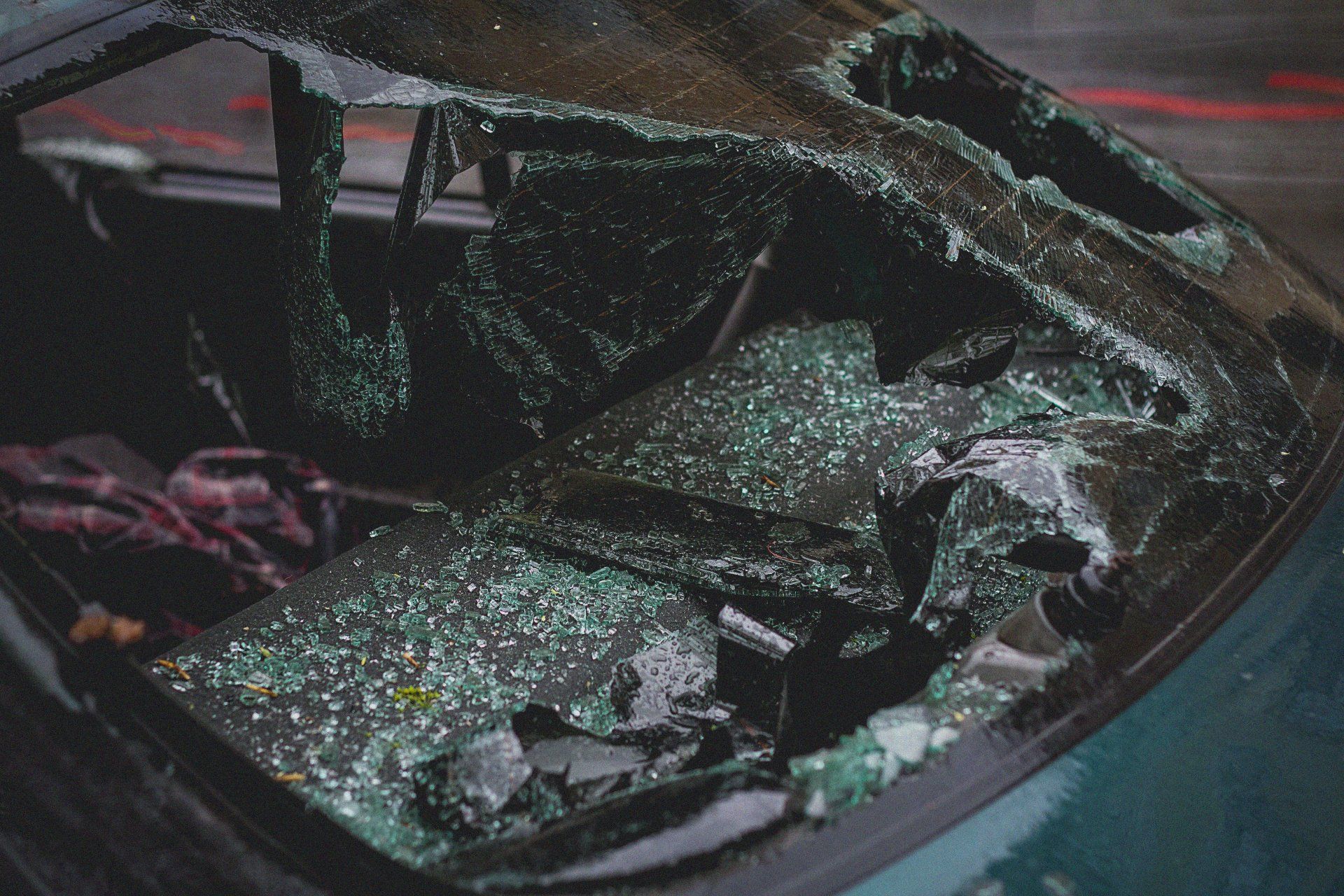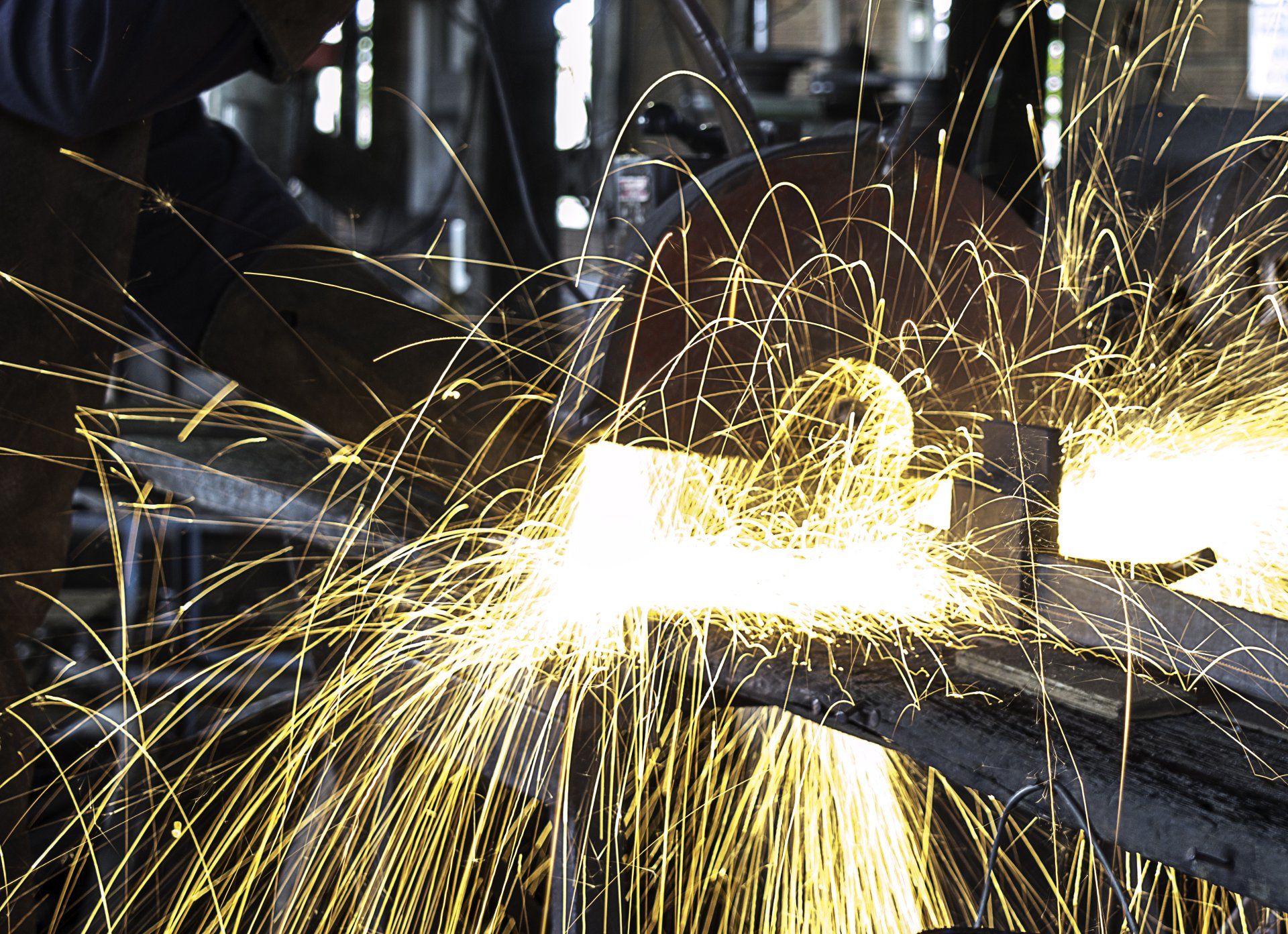Everything You Need to Know About Texas Hit & Run Laws
Hit-and-run accidents are a particularly shocking event to go through. We expect those involved in a crash to stay afterward to either help, answer questions for the police at the scene, and exchange insurance information, but when the responsible party flees the scene, the aftermath can create a lot of confusion in holding them accountable.
However, beyond just being shocking, leaving the scene of an accident is against the law. If you’ve been involved in a hit-and-run accident in Texas, the Houston car accident attorneys at Lapeze & Johns can help you learn more about Texas hit-and-run laws and the legal ramifications surrounding the whole situation.
Common Causes of Hit and Runs
Car accidents can be deeply distressing, and it’s easy to make mistakes under high pressure. However, one way to avoid making those mistakes is to understand common reasons why others fail to avoid them.
Common reasons a driver may flee the scene of an accident include:
- Lack of car insurance
- Outstanding warrants for the driver’s arrest
- Lack of a valid driver’s license
- Driving while intoxicated or under the influence of drugs
- Driving a stolen vehicle
- Driving an employer’s vehicle
It’s important not to chase after the other driver in a hit-and-run. This could result in you receiving a speeding ticket, injuring yourself, or damaging property. Instead, move yourself and your vehicle to a safe place if possible and call the police.
Texas Hit and Run Laws and Penalties
Under Texas state transportations laws, driver’s have certain responsibilities they must fulfill after a car accident that results in property damage or harm to another person. In short, anyone who collides into a vehicle–no matter if it is occupied/unoccupied or who is at fault–must stop and complete a certain amount of post-accident actions like rendering aid, exchanging information, and calling/waiting for the police officer.
For safety reasons, the vehicles may be moved to the side of the road, away from traffic and as close together as possible.
As far as penalties are concerned, driver’s are required to return to the scene and render aid if they have been involved in an accident that resulted in injury or death. They also must provide their personal information and show their driver’s license if asked. Failing to provide aid in this fashion is considered a third-degree felony and could result in 2 to 10 years in state prison and/or fines of up to $5,000.
If a driver struck another vehicle with passengers and caused damages at or below $200 worth of damage, drivers must still come to a stop. Failure to do so can result in a $500 fine and counts as a Class C Misdemeanor. For damages greater than $200, you could face up to a $2,000 fine and/or up-to 6 months in jail.
Even if the driver strikes an unoccupied vehicle, they must still stop and complete the post-accident actions necessary. Failure to do so can produce the same misdemeanor penalties as an occupied vehicle would if the damage was lesser than or greater than $200 in damages.
Damage to landscaping or fixtures on the highway will also trigger Texas transportation laws. Those who damage the fixtures on the highway are required to take “reasonable steps” to notify authorities of the damage and their contact information. If the damage is significant, a police report may need to be filed. Failure to do this also produces the same misdemeanor penalties above according to the value of the damage done.
If You’ve Been the Victim of a Hit-And-Run, You Should:
- Move yourself and your vehicle to a safe area;
- Call the police and report the hit-and-run;
- Take pictures of any damage caused to your vehicle as well as any other relevant conditions;
- Collect as much evidence as you safely can;
- Take note of any information you recall about the vehicle or the driver;
- Consider seeking the assistance of a Houston car accident attorney;
- File a claim with your insurance agency.
What to Do If You Hit an Unoccupied Car
To help protect yourself, you may wish to follow as many of these steps as possible if you’ve struck an empty car:
- Photograph any damage you may have caused.
- Wait for the driver of the vehicle to return.
- Check surrounding businesses for the vehicle’s owner.
- Leave a note with your contact and insurance information.
- Speak to witnesses and request their contact information.
- Notify your insurance agency about the accident.
- Have the contact information of an experienced car accident attorney in Houston at the ready.
Lapeze & Johns Are Your Houston Car Accident Attorneys
If you’ve had the misfortune of being involved in a hit-and-run accident, it may feel as though there’s no way you’ll ever get compensation for the damage. While that’s possible, the dedicated team at Lapeze & Johns can help you learn about all of the options available to you, even if the offender has yet to be found. Just because the other driver left, it doesn’t mean you have to go through this alone.
If you’ve been involved in a hit-and-run, contact Lapeze & Johns to learn more about your legal options today.
Book My FREE Consultation Now



